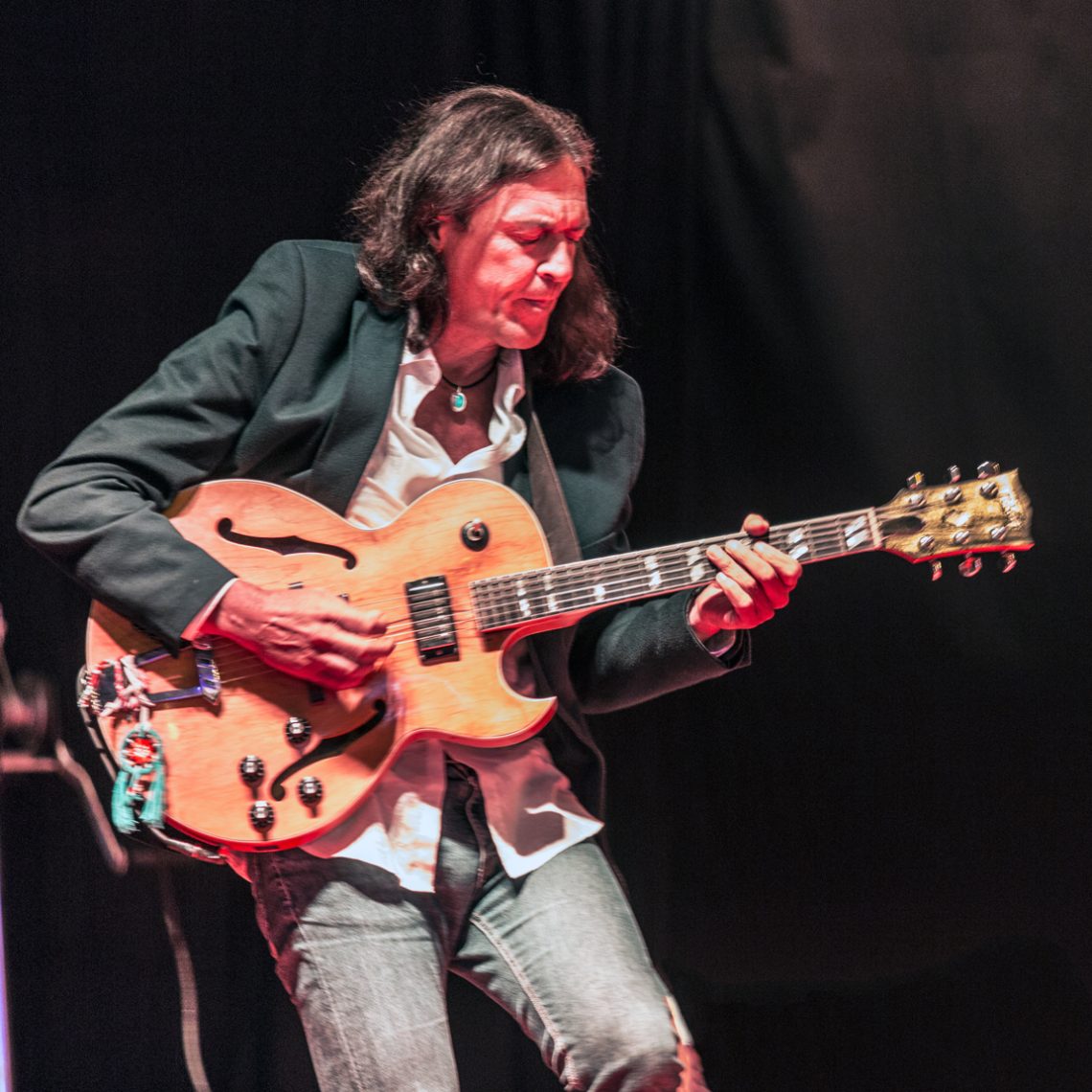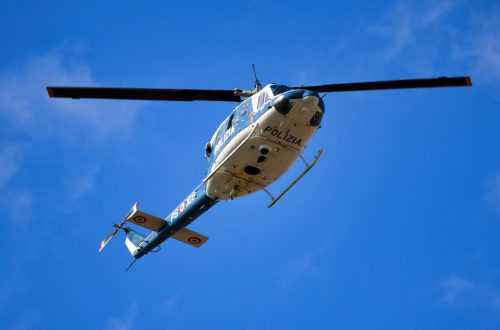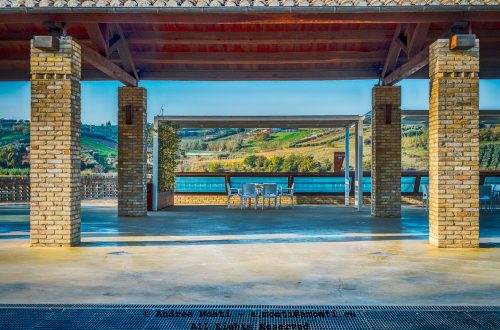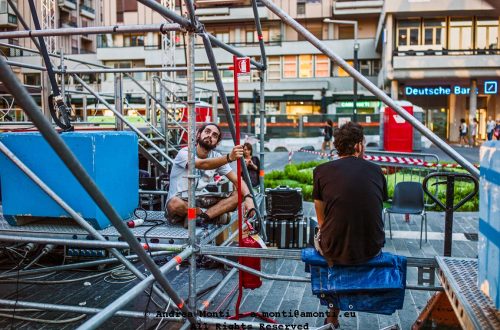
Antonio Onorato
I made this image on assignment, but it ended up becoming a personal one. Antonio Onorato, mid-performance, eyes closed, completely surrendered to the instrument in his hands. That wasn’t planned — no setup, no retake. Just a split-second that happened because I was watching, not waiting.
The Canon EF 100–400 isn’t the obvious choice for stage photography — especially not on a full-frame body like the 5D Mark II, which, by today’s standards, is a bit sluggish in low light. But it worked, surprisingly well. I kept the aperture wide open, ISO higher than I’d usually tolerate, and rode the shutter just fast enough to freeze the tension in his hands without killing the mood in the light.
The light is critical here. A red stage wash can easily wreck skin tones or drown detail. But in this case, it worked in my favour. It added muscle to the shot — not just in terms of colour, but in how it clings to the folds of his jacket and the grain of the guitar. It’s not subtle, but then neither was the music.
Composition-wise, the image lands firmly on instinct. I didn’t crop — the compression from the telephoto pulled him out from the backdrop without blurring it into nothingness. His body forms a diagonal line that splits the frame, and the guitar’s cutaway mimics that motion. The turquoise pendant and the ornament hanging from the tailpiece offer just enough to puncture the otherwise dominant reds and blacks.
The lens, often dismissed as a wildlife or sports tool, held its ground. The bokeh is chaotic but controlled — enough separation without isolating him into emptiness. And the 5D Mark II, for all its age, rendered the moment with a filmic softness that I wouldn’t have gotten with a newer, clinical sensor.
Live music photography is rarely forgiving. Movement, erratic light, no second chances. But when everything locks into place — lens, light, subject, timing — you walk away with more than a picture. You carry a sliver of that sound.




